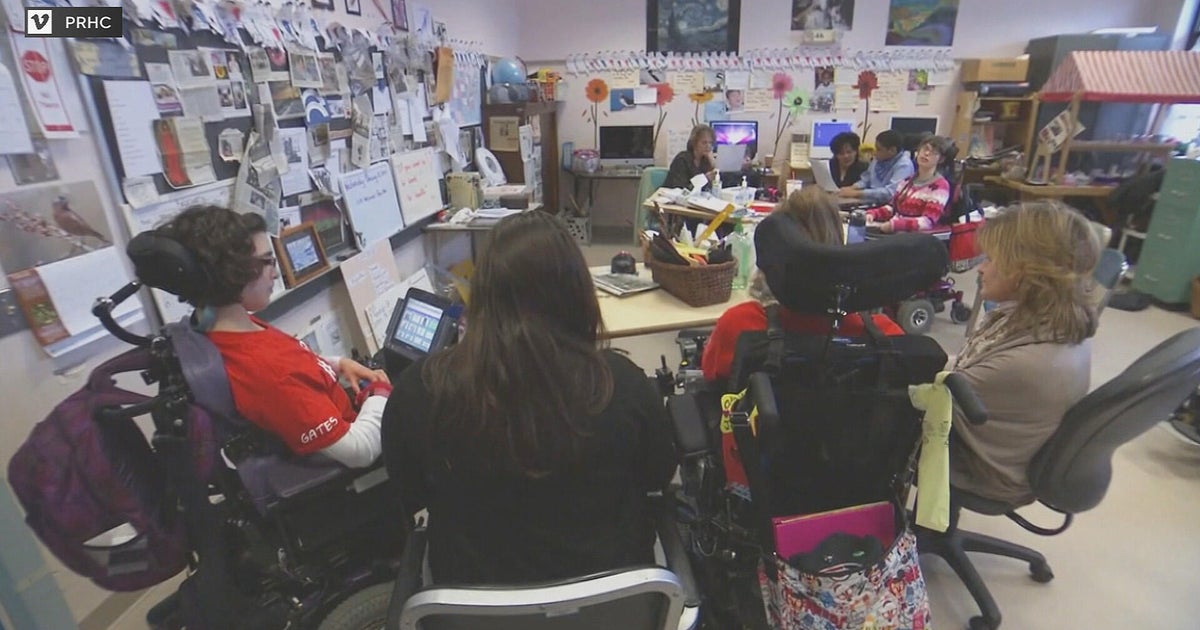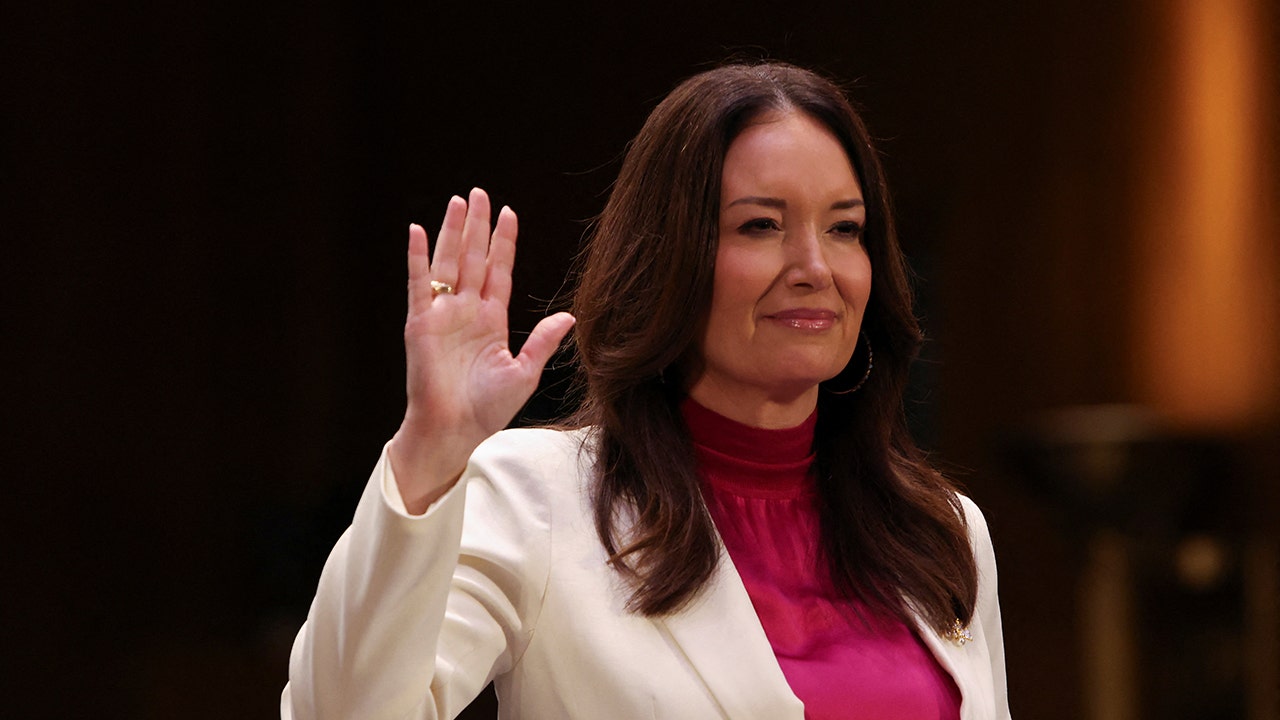Washington
Political divide emerges on Ukraine aid package as Zelenskyy heads to Washington
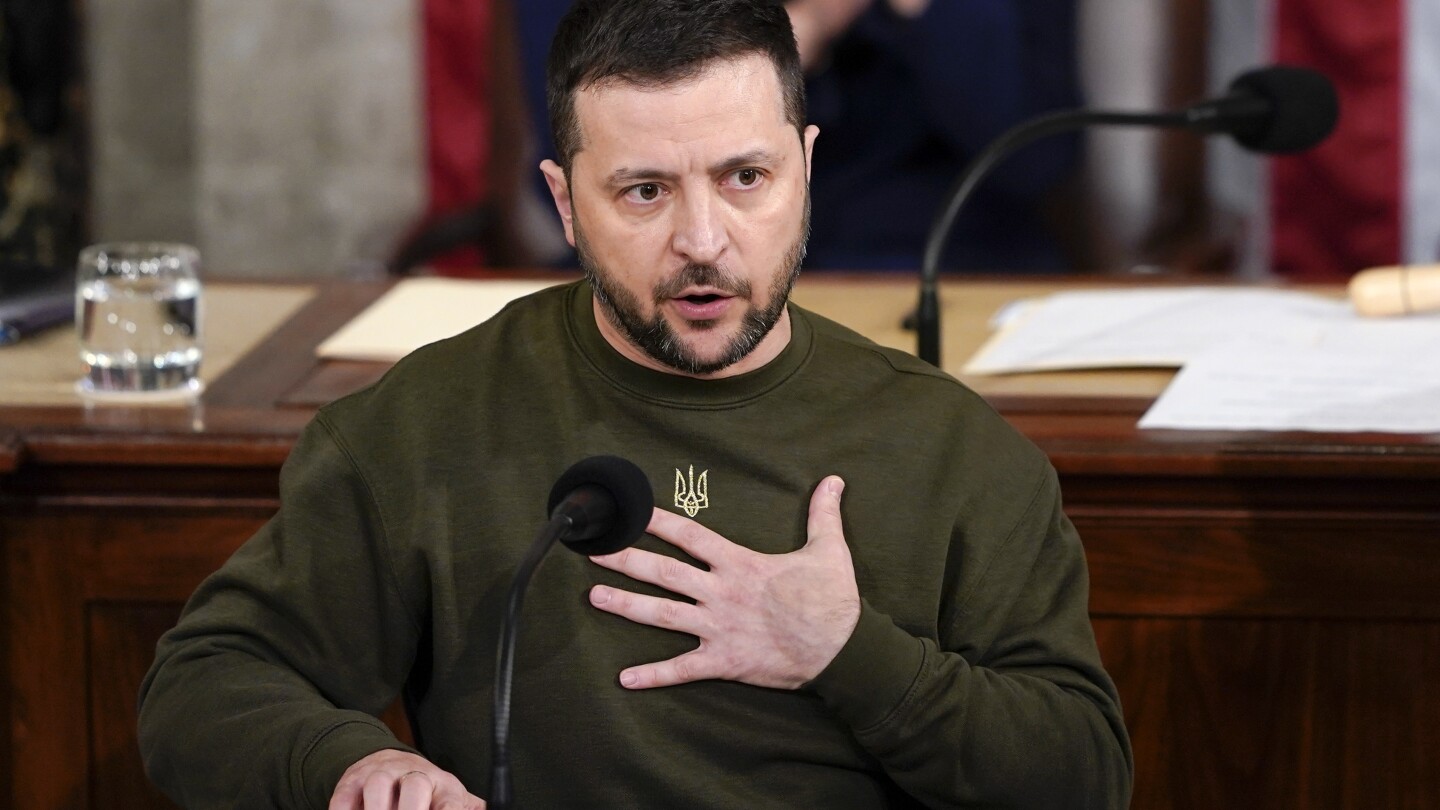
WASHINGTON (AP) — Ukrainian President Volodymyr Zelenskyy’s visit to Washington this week comes at a critical juncture for his alliance with the United States as Republican leaders in Congress diverge on how to send more military and humanitarian aid to the country.
President Joe Biden is seeking an additional $24 billion in security and humanitarian aid for Ukraine, in line with his promise to help the country for “as long as it takes” to oust Russia from its borders.
But ratification of Biden’s request is deeply uncertain thanks to a growing partisan divide in Congress about how to proceed.
Republican House Speaker Kevin McCarthy has told reporters that he wants more Ukraine aid to be debated on its own merits as a standalone bill, rather than attaching it to other priorities like government funding.
But the Senate has other ideas. Leaders in the chamber would like to combine the Ukraine aid with other priorities, such as a short-term spending bill that will likely be needed to avoid a shutdown at the end of September.
The differing approaches threaten to become a stalemate that could easily delay future rounds of American assistance to Ukraine, raising the stakes for Zelenskyy as he makes his first visit to the United States since his surprise address to Congress at the end of 2022. In that speech, Zelenskky thanked “every American” for support as then-House Speaker Nancy Pelosi, D-Calif., and Vice President Kamala Harris dramatically unfurled a Ukrainian flag behind him.
Nine months later, with Republicans now in control of the House majority, there is growing wariness among voters about continued support for Ukraine as Russia turns its invasion into a costly war of attrition. In Congress that skepticism is concentrated among House Republicans, where many share former President Donald Trump’s “America First” approach and want to halt the aid entirely.
The U.S. has approved four rounds of aid to Ukraine in response to Russia’s invasion so far, totaling about $113 billion, with some of that money going toward replenishing U.S. military equipment sent to the frontlines. Most members of the House and Senate support the aid, viewing defense of Ukraine and its democracy as a global imperative.
McCarthy has stressed the need for oversight of Ukrainian assistance but has also been critical of Russia, criticizing the country’s “killing of children” in a speech this summer. But he is juggling a desire to help Ukraine with the political realities at home, which include a demand from many in his party to slash government spending.
In some ways, attaching Ukraine aid to other pressing matters could improve the odds of passing it quickly. Some lawmakers will be more inclined to vote for Ukraine assistance if it gets included with say, disaster relief for their home state.
But the maneuver would also deeply divide House Republicans and is sure to inflame critics of McCarthy who are threatening to oust him from the speakership.
“I don’t know why they would want to put that onto a CR,” McCarthy said, using Washington parlance for a short-term continuing resolution that keeps agencies funded. “I think it should be discussed on its own.”
Meanwhile, Senate Republican leader Mitch McConnell has put Ukraine aid at the top of his to-do list, and has been speaking from the Senate floor for weeks about the urgency he sees to act.
He brought in inspectors general last week to brief GOP senators on how U.S. aid is being tracked to address concerns about waste and fraud. And in one of his speeches on the Senate floor, McConnell responded to critics who say that the U.S. has borne too much of the burden on Ukraine by pointing to the assistance also flowing from European nations.
“In fact, when it comes to security assistance to Ukraine as a share of GDP, 14 of our European allies are actually giving more,” McConnell said.
Senate Majority Leader Chuck Schumer, D-N.Y., and McConnell have called for senators to meet with Zelenskyy on Thursday morning.
Sen. Thom Tillis, R-N.C., said he believes aid should be provided as soon as possible, and the legislative vehicle for that is unlikely to be a stand-alone bill.
“I for one think we ought to go ahead and get it done,” Tillis said. “We have to get the Ukraine funding done in a time that doesn’t produce a lapse, at least a perceived lapse, because I think that’s a strategic win for Putin and I don’t ever want Putin to have a strategic win.”
But Rep. Ken Calvert, R-Calif., warned against adding Ukraine aid to the short-term spending bill. He said the focus needs to be on first passing an overall defense spending bill as well as the other spending bills.
“We can’t divert attention outside of that,” Calvert said. “There’s significant munitions within Ukraine right now I think to get through the end of the year.”
Rep. Mike Garcia, R-Calif., said he’s not necessarily opposed to more Ukrainian assistance, but he said the average American doesn’t know how the war is going, and the average member of Congress can’t say, either.
“Tell us what you’re doing with the money, and let’s have a debate on the floor about this funding and not ramming it down our throats,” Garcia said.
House Republicans hope to bring up for a vote this week a stopgap spending bill that doesn’t include Biden’s aid package for Ukraine.
“I cannot think of a worse welcome for President Zelenskyy who visits us this week than this House proposal, which ignores Ukraine entirely,” Schumer said.
Still, Rep. Michael McCaul, the top Republican on the House Committee on Foreign Affairs, voiced confidence that Ukraine aid will continue.
“It has to pass. What I hear from our NATO allies … is that if the United States is not in, the whole thing falls apart,” McCaul said.

Washington
Karen Keiser appointed to Washington Health Benefit Exchange Board – The B-Town (Burien) Blog

Former Washington State Senator Karen Keiser has been appointed to the Washington Health Benefit Exchange (Exchange) Board of Directors, the organization announced this week.
Keiser, who retired last year after serving nearly 30 years in the state Legislature, was appointed by former Gov. Jay Inslee before he left office in mid-January.
“We are excited to welcome Karen Keiser to the Exchange Board. Throughout her time in the Senate, Karen shaped Washington state’s implementation of the Affordable Care Act and championed numerous policies to improve access to high-quality, affordable health care,” said Exchange CEO Ingrid Ulrey. “Her background and expertise will help guide the Exchange into the future.”
Keiser, a longtime advocate for health care reform, played a key role in expanding Washington’s health coverage during her tenure as chair of the Senate Health Care Committee.
“I am so pleased to take on this new role on the Exchange Board,” Keiser said. “When I became Chair of the Senate Health Care Committee, our state’s uninsurance rate was near 16%. With the effective implementation of what was called ‘Obamacare,’ the Exchange successfully reduced our uninsured rate to below 5%. I am thrilled to join the Exchange to protect and expand those gains.”
Keiser represented Washington’s 33rd Legislative District, which includes Burien, Des Moines, Kent, Normandy Park, and SeaTac. She was first elected to the House of Representatives in 1996 and later to the Senate, where she became its most senior member before her retirement.
Before her political career, Keiser worked as a broadcast journalist in Portland, Denver, and Seattle, and later as the communications director for the Washington State Labor Council, AFL-CIO. She holds degrees in political science from UC Berkeley and a master’s in journalism.
The Washington Health Benefit Exchange oversees Washington Healthplanfinder, the state’s online health insurance marketplace, and Washington Apple Health (Medicaid). Enrollment in Apple Health is available year-round, while the next open enrollment period for Washington Healthplanfinder runs from Nov. 1, 2025, to Jan. 15, 2026.
For more information on health insurance options, visit wahbexchange.org.
Related
Washington
Washington lawmaker proposes regulations for self-checkout machines • Washington State Standard

Proposed legislation could change the way customers shop at grocery stores, as one Democratic lawmaker is pushing for regulations on self-checkout machines.
House Bill 1739 would establish rules for when and how self-checkout stands could be used in grocery stores. If passed, self-checkouts could only be used when a regular checkout lane is open. An employee who monitors self-service lanes would have to do so exclusively, and be limited to supervising a maximum of two stands. For their part, customers would be limited to bringing just 15 items to check out.
The regulations would apply to grocery stores over 15,000 thousand square feet in size, but not to any bulk goods stores with memberships. The Department of Labor and Industries would be responsible for investigating and enforcing violations with a fine.
“There has been a lot of challenges across Washington for grocery workers with unchecked automation and chronic understaffing,” said prime sponsor State Representative Mary Fosse, D-Everett.
At a House Committee on Labor and Workforce Standards hearing Wednesday morning, Fosse said she wants a conversation about making sure the self-checkout technology supports clerks.
“We know it can be a convenience, but when it’s used to–as a way to eliminate workers and cut labor costs, that’s when it really puts workers and customers at risk,” she said.
Grocery workers testified in support of the regulations, saying self-checkout makes them unsafe and overwhelmed.
Washington
Washington D.C. Becomes One of the Most Accessible Cities in the World with Waymap

The tech company’s partnership with Metro brings turn-by-turn, step-by-step navigation to nearly every corner of the city, including deep underground
WASHINGTON, February 12, 2025–(BUSINESS WIRE)–Waymap, a navigation app designed for people with vision impairments that is making complex city spaces and transit systems more accessible for everyone, today announced its platform is now live across the entire Washington Metropolitan Area Transit Authority’s (Metro) transit system, including 98 rail stations, over 11,000 bus stops, and 325 bus routes. With an estimated 50 million Americans reporting some degree of vision loss, Waymap is a powerful free tool expanding travel and community connection for people with vision impairments and other disabilities in the Washington, D.C. metropolitan area. To download the app, visit linktr.ee/waymap.
“Access to navigation means access to the world—and to all the social, emotional, and professional opportunities it holds,” said Waymap Founder and President Tom Pey. “From lifelong residents with disabilities to visitors and others who have a harder time getting around, everyone should be able to explore all that this great city has to offer. We are grateful to have Metro as a partner in bringing this possibility closer to reality.”
Founded in 2017, and inspired and informed by the experiences of its Founder and President, Tom Pey, Waymap’s proprietary SmartStep™ technology gives turn-by-turn, step-by-step audio instructions with up to three feet of accuracy throughout a user’s journey. With over 32 million square feet (and counting) of real estate mapped globally, Waymap is the only personal navigation system that does not rely on mobile phone signal, WiFi, Bluetooth beacons, GPS, or other physical infrastructure. For more information on how Waymap’s technology works, see here.
“Metro plays a vital role in the community—connecting people in the region to jobs, schools, major attractions, and recreational activities. Ensuring that America’s Metro System is a leader in accessibility on a global scale is a priority for all of us at Metro,” said Metro General Manager and CEO Randy Clarke. “Safe, accessible public transit not only increases ridership, it also leads to a stronger economy, improved access to arts and culture, and a better place to live and work overall. Waymap also has the potential to make our region’s transportation network easier for all people to navigate.”
While Washington D.C. is the first entire city and transportation network to become available on Waymap’s platform, the company plans to expand to more cities across the U.S. and internationally in the coming year. Waymap’s location technology is currently live in cities and locations including:
-
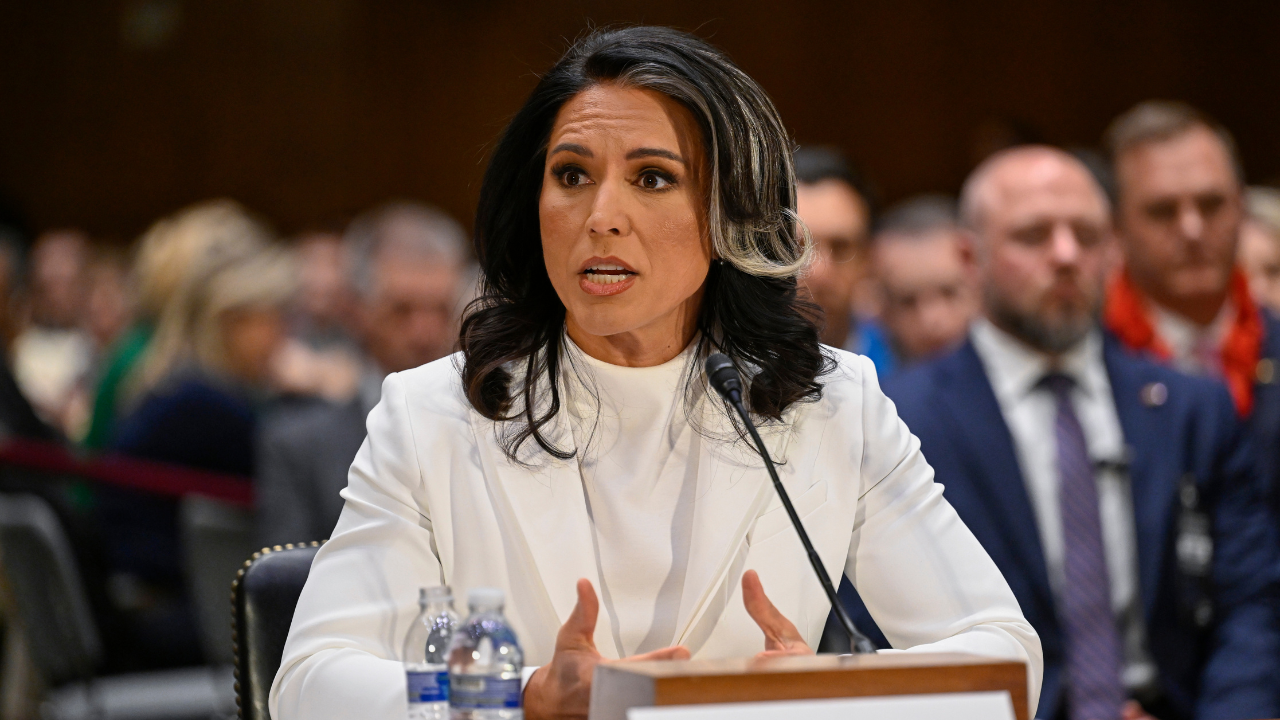
 Politics1 week ago
Politics1 week agoTulsi Gabbard confirmation fate to be tested with key committee vote
-

 Technology1 week ago
Technology1 week agoTrump’s first 100 days: all the news affecting the tech industry
-

 News1 week ago
News1 week ago'Beyond betrayal.' Venezuelans in Florida are angry at Trump immigration policy
-
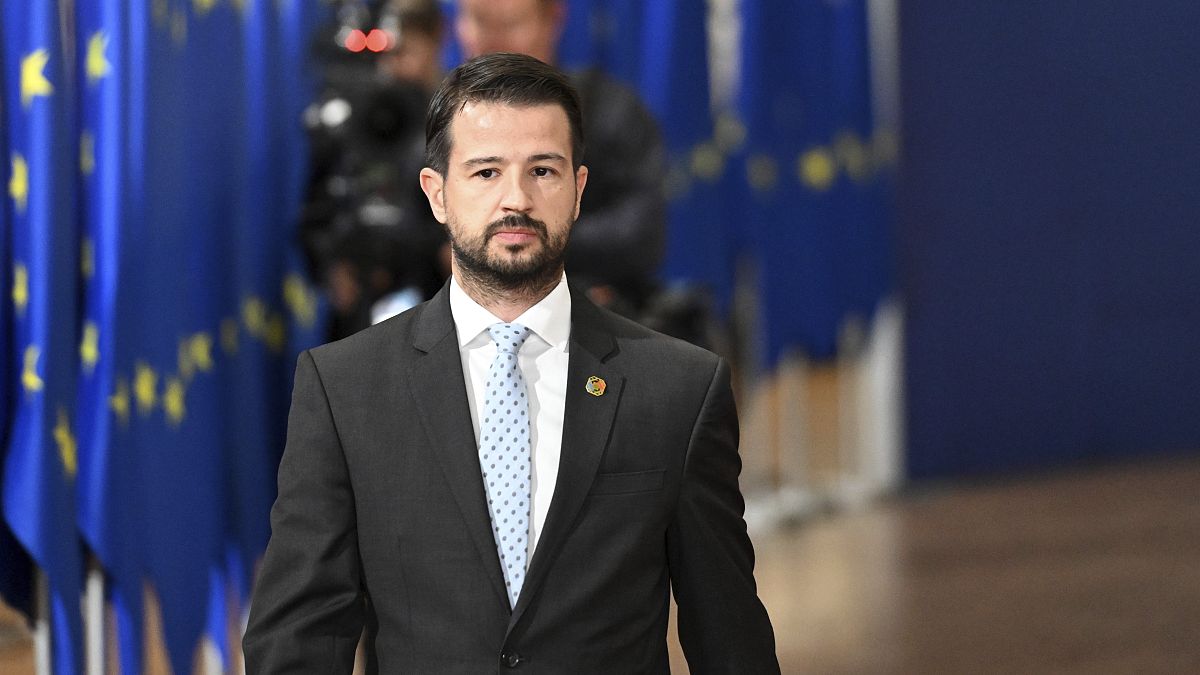
 World1 week ago
World1 week agoMontenegro pursues values-driven EU enlargement process
-

 World1 week ago
World1 week agoTrump says US will ‘own’ Gaza in redevelopment plan
-
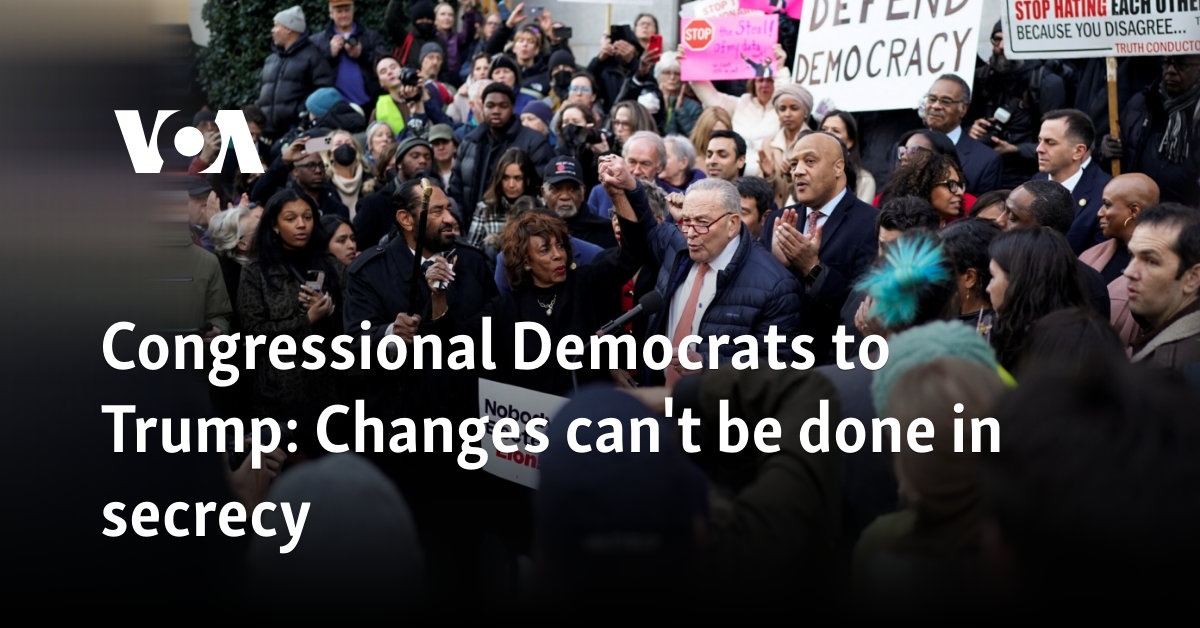
 News1 week ago
News1 week agoCongressional Democrats to Trump: Changes can't be done in secrecy
-

 Politics1 week ago
Politics1 week agoCIA offering buyouts to its entire workforce: report
-

 Education1 week ago
Education1 week agoTrump’s Orders Could Drain Millions From Universities, but Few Protest Openly







